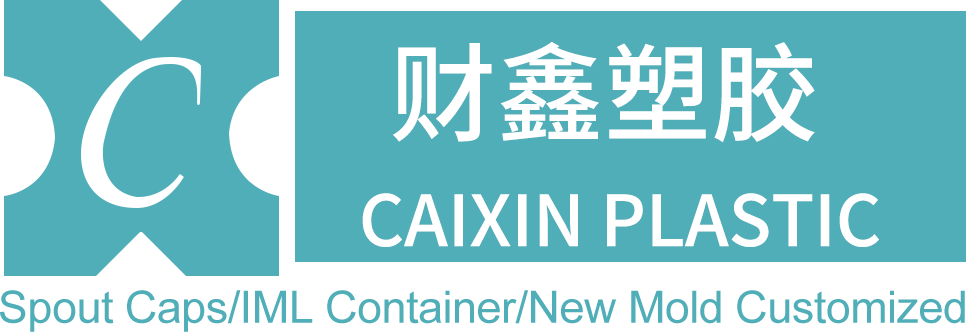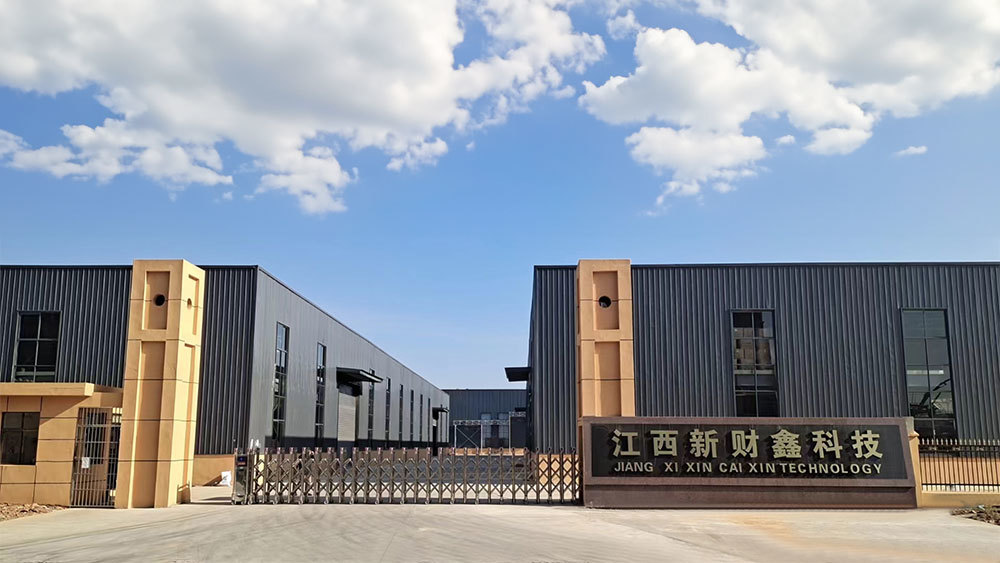Exploring the Revolutionary Benefits of the Newest IML Plastic Containers for Takeaway Food
2025-07-02 11:40
Exploring the Revolutionary Benefits of the Newest IML Plastic Containers for Takeaway Food
Table of Contents
- Introduction to IML Plastic Containers
- What is In-Mold Labeling (IML) Technology?
- Major Benefits of IML Plastic Containers
- Enhanced Sustainability
- Superior Food Safety
- Design Flexibility and Customization
- Effective Brand Promotion
- Applications of IML Plastic Containers in Takeaway Food
- Case Studies: Successful Implementation of IML Containers
- The Future of IML Plastic Containers
- Frequently Asked Questions about IML Plastic Containers
- Conclusion
Introduction to IML Plastic Containers
The food industry is constantly evolving, driven by consumer demand for convenience, sustainability, and innovation. In this landscape, **In-Mold Labeling (IML)** technology has emerged as a game-changer for **takeaway food** packaging. IML plastic containers offer a compelling combination of durability, aesthetic appeal, and environmental responsibility. In this article, we explore the multifaceted benefits of IML plastic containers and how they are reshaping the takeaway food sector.
What is In-Mold Labeling (IML) Technology?
**In-Mold Labeling (IML)** is a process that integrates the labeling and molding of plastic containers into a single operation. During the production of plastic containers, labels printed on special materials are placed in the mold before the molten plastic is injected. Once the plastic cools and solidifies, the label forms an integral part of the container, resulting in a **seamless**, **high-quality finish**. This process not only enhances the visual appeal of the container but also improves its durability.
Major Benefits of IML Plastic Containers
As we delve into the world of IML plastic containers, several key benefits stand out that make these containers an attractive option for the takeaway food industry.
Enhanced Sustainability
In a time when environmental concerns are at the forefront of consumer consciousness, **sustainability** is a significant factor in packaging decisions. IML plastic containers are often made from recyclable materials, significantly reducing the amount of plastic waste. Additionally, the IML process uses less energy compared to traditional labeling methods, leading to a smaller carbon footprint. The **recyclability** of IML containers helps businesses align with sustainability goals, attracting eco-conscious consumers who prioritize environmentally friendly packaging.
Superior Food Safety
Food safety is paramount in the takeaway sector. IML plastic containers create a **hermetic seal** around the food, protecting it from contaminants and external environmental factors. The containers are typically resistant to moisture, grease, and chemicals, ensuring that the quality and safety of the food remain intact. Moreover, IML labeling is resistant to fading and wear, meaning that important information such as ingredients and expiration dates remains visible throughout the product’s shelf life.
Design Flexibility and Customization
One of the standout features of IML technology is its ability to produce **highly customizable** containers. Businesses can create unique shapes, sizes, and designs that align with their branding strategies. The flexibility of IML also extends to labeling, allowing for vibrant colors and intricate graphics that catch the consumer's eye. This customization enhances the consumer experience, effectively distinguishing a brand from its competitors.
Effective Brand Promotion
IML plastic containers serve not only as packaging but also as a marketing tool. The seamless integration of labels into the container provides a **premium look and feel** that elevates the overall presentation of the product. This contributes to brand recognition and loyalty, as consumers are more likely to remember visually appealing packaging. Additionally, the durability of IML containers means that they can be reused, further extending the brand's exposure as customers utilize them for other purposes.
Applications of IML Plastic Containers in Takeaway Food
IML plastic containers are versatile and can be used for a wide range of takeaway food items. Some popular applications include:
Salads and Fresh Produce
IML containers are ideal for packaging salads and fresh produce, as they protect the freshness while providing clear visibility of the contents. The airtight seal keeps ingredients crisp, ensuring a delightful eating experience.
Ready-to-Eat Meals
For consumers on the go, ready-to-eat meals packaged in IML containers offer convenience without compromising on quality. The containers' durability allows for safe transportation, while the appealing design entices consumers.
Desserts and Snacks
IML containers are perfect for desserts and snacks, providing an enticing presentation that highlights the product's appeal. Their ability to retain freshness enhances the overall consumer experience.
Case Studies: Successful Implementation of IML Containers
To illustrate the effectiveness of IML plastic containers in the takeaway food sector, let's explore some case studies that highlight successful implementations.
Case Study 1: Eco-Friendly Takeaway Service
A popular eco-friendly takeaway service adopted IML containers to align with its sustainability goals. By using recyclable materials and minimizing energy consumption during production, the service enhanced its brand image while attracting environmentally conscious consumers.
Case Study 2: Premium Meal Prep Company
A premium meal prep company utilized IML containers to elevate its product presentation. The vibrant colors and intricate designs contributed to increased sales, as customers were drawn to the visually appealing packaging that reflected quality and taste.
The Future of IML Plastic Containers
The future of IML plastic containers looks promising as technology continues to advance. Innovations in materials and production processes are likely to enhance the functionality and environmental footprint of these containers. As consumer demand for sustainable and quality packaging grows, IML containers will play a vital role in shaping the future of takeaway food packaging.
Frequently Asked Questions about IML Plastic Containers
1. What are IML plastic containers made of?
IML plastic containers are typically made from various types of polypropylene or polystyrene, which are recyclable materials.
2. Are IML containers safe for food storage?
Yes, IML containers are designed to be food-safe, providing excellent protection against contaminants and maintaining food quality.
3. How do I clean and reuse IML containers?
IML containers can be washed and reused for various purposes. Simply clean them with warm, soapy water and allow them to dry before reuse.
4. Can I customize the design of IML plastic containers?
Yes, one of the advantages of IML technology is its high degree of customization, allowing businesses to create unique designs that align with their branding.
5. Are IML containers environmentally friendly?
IML containers are often made from recyclable materials and produced using efficient energy processes, making them a more sustainable choice for packaging.
Conclusion
In conclusion, the emergence of **In-Mold Labeling (IML) plastic containers** marks a significant advancement in the takeaway food packaging industry. Their numerous benefits, including enhanced sustainability, superior food safety, design flexibility, and effective brand promotion, position them as a preferred choice for businesses and consumers alike. As we move forward, IML containers are set to play an increasingly vital role in shaping not just the packaging landscape but also the overall consumer experience in the takeaway food sector. Embracing this innovative technology offers a pathway for businesses to thrive in a competitive market while meeting the demands of an eco-conscious consumer base.
recommend News

Guangdong Caixin Plastic Co., Ltd.
Fax: 86-754-83143323
Address:No.128, Chaoshan road, Jinping District, Shantou, Guangdong Province, China
Copyright©Guangdong Caixin Plastic Co., Ltd. SEO Powerde by:www.300.cn Privacy Policy
Business License


